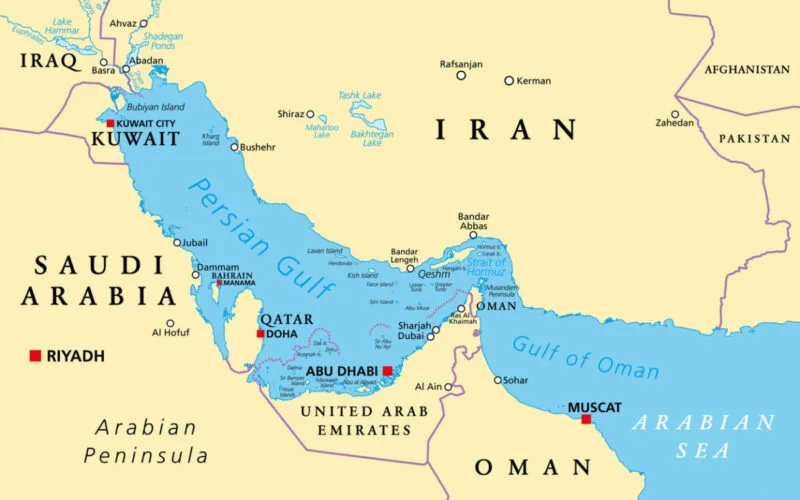India’s Energy Security: A Sharp Wake-Up Call Heavy reliance on Gulf imports Nearly 2 million barrels per day (bpd)—out of India’s roughly 5.5 millio
India’s Energy Security: A Sharp Wake-Up Call
Heavy reliance on Gulf imports Nearly 2 million barrels per day (bpd)—out of India’s roughly 5.5 million bpd—flow through the Strait, traveling from Gulf nations like Saudi Arabia, Iraq, UAE, Qatar, and Kuwait in 2024, nearly half of India’s crude imports passed through this route .
Rising prices and inflationary pressure Global benchmarks reacted sharply: Brent crude surged to about $77 a barrel and is projected to climb toward $100–150 if the strait is actually sealed .For India, this could translate into surging fuel costs—underpinning inflation and eroding household purchasing power.
Diversification is not a quick fix Though Russia has bolstered its share in India’s energy basket, and pipelines from the Red Sea offer alternatives, they cannot instantly absorb the capacity that Hormuz carries.
Tehran’s Leverage—and Its Own Risks
Playing a geopolitical ace Iran’s parliament wants to punish the U.S. for airstrikes on its nuclear sites at Fordow, Natanz, and Isfahan. A potential strait closure forces Washington, Europe, China, and India to sit up.
Asymmetric strategies at hand Iran can deploy naval mines, anti-ship missiles, drone swarms, electronic interference, and cyber operations—its classic Anti-Access/Area Denial (A2/AD) playbook .
Economic self-harm looms large Analysts warn that blocking the strait would amount to “economic suicide” for Iran—rusting its oil exports to China and India and inviting international isolation.
A bargaining chip, not a battlefield Many experts consider this a strategic crescendo rather than a finalized plan—aimed at gaining negotiating power, not locking down the shipping lanes .
Global Energy Markets: Volatility on the Edge
Oil spikes and wild volatility Markets are pricing in heightened risk: Goldman Sachs notes a $12-per-barrel geopolitical premium already built into crude prices . In extreme cases, Brent could breach $150.
Rising shipping and insurance costs Even the threat of closure drives up transit insurance premiums and forces ships to reroute around Africa—adding days and tens of millions in costs.
Ripple effect across sectors High oil prices raise manufacturing, transport, and commodity costs. Economies worldwide, especially heavily import-dependent ones, face renewed inflation and potential recessionary pressures.
Strategic Realignments: Alliances Put to the Test
U.S. and allied naval posture The U.S. Fifth Fleet, stationed in Bahrain, along with European allies, patrol the Gulf. Any Iranian attempt to close the strait could trigger naval confrontation—recalling the “Tanker War” memories of the 1980s.
China’s balancing act Beijing depends heavily on Hormuz for Middle Eastern energy. Washington is pressuring China to dissuade Tehran—highlighting how Iran’s move could fracture its key partnerships .
Europe jolted back to energy vulnerability Still reeling from the Ukraine-triggered energy crisis, Europe—especially France, Germany, and Italy—could face fresh shortages if Qatari LNG exports are also disrupted.
India’s diplomatic tightrope New Delhi must secure its energy supplies while avoiding escalation. It likely will push for de‑escalation and greater dialogue with Gulf partners and global powers.



COMMENTS